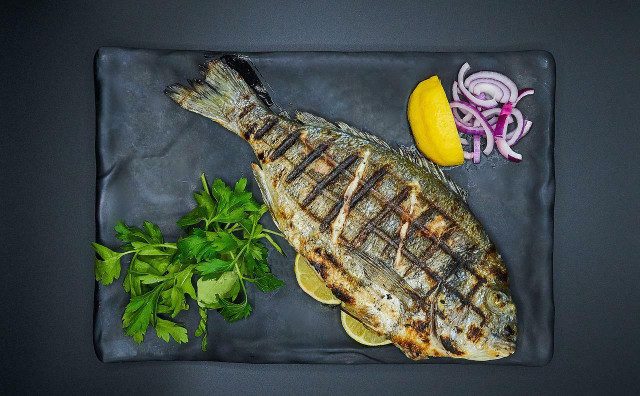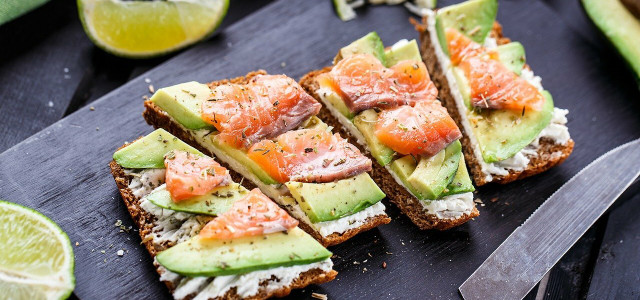Interested in going vegetarian without the commitment of giving up meat forever? Read on to learn what a flexitarian diet is and if it’s right for you.
What is a flexitarian diet? A combination of “flexible” and “vegetarian,” flexitarian diets focus on eating mostly plant-based foods with only occasional consumption of meat products. Unlike veganism, which rules out 100% of animal products, or vegetarianism, which steers clear of meat, flexitarianism places no strict limit on animal products. A flexitarian diet is often the solution for individuals who want to reduce their carbon footprint without the commitment of going fully vegan or vegetarian.
What Is a Flexitarian Diet Good For? Health and Environmental Benefits



The option to enjoy an occasional fish taco or chicken parmesan while eating an otherwise vegetarian diet isn’t the only upside of flexitarianism. It’s widely accepted that a more plant-based diet is far better for the environment than a carnivorous one. Meat production uses almost 33 percent of all arable land on the planet and causes nearly 70 percent of deforestation. In fact, cutting out beef and mutton alone can halve the amount of cropland used for food, while removing dairy products from our diets can reduce land use by nearly 75 percent.
Flexitarianism is also associated with many of the same health benefits of going vegetarian, such as:
- lower body mass index (BMI), blood pressure and cholesterol
- lower risk of diabetes — up to 20 percent
- lower cancer risk
The only drawback to a flexitarian diet is that the environmental and health benefits are on a smaller scale than for fully vegetarian diets.
How To Start a Flexitarian Diet



The beauty of the flexitarian diet is that there are no hard rules beyond reducing your consumption of animal products. You can eat as little meat as you want without going cold turkey. This is especially beneficial if you live in an area with limited fresh produce or plan to attend a few barbeques or cook-outs this summer.
Here are some different ways to start a flexitarian diet:
- Go vegan or vegetarian for just one or two days each week.
- Alternate between vegan, vegetarian and meat days or reserve meat for one or two “cheat days” a week.
- Try going vegan or vegetarian in alternating weeks or months, as many people do for Veganuary.
- Stick to veganism or vegetarianism except for special occasions. That way, you can enjoy a birthday burger or Thanksgiving turkey without worrying about offending your dinner host.
- Cut out specific animal products like red meat, which has the largest carbon footprint, altogether. Pollotarian (poultry) or pescatarian diets (seafood) are generally more sustainable. You can also customize your diet to avoid factory farming by opting for organic, cruelty-free, free-range, cage-free or local animal products. Farmers’ markets are a great resource.
- Replace meat with vegetarian protein and get comfortable cooking with vegan recipes.
Read more:
- 9 Bacon Substitutes for Vegans & Vegetarians
- Vegan vs. Vegetarian Diets: What are the Benefits and Differences?
- How Long Does Meat Last in the Freezer
Do you like this post?








